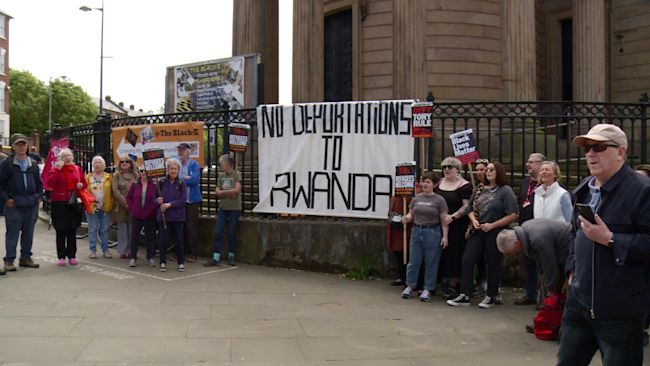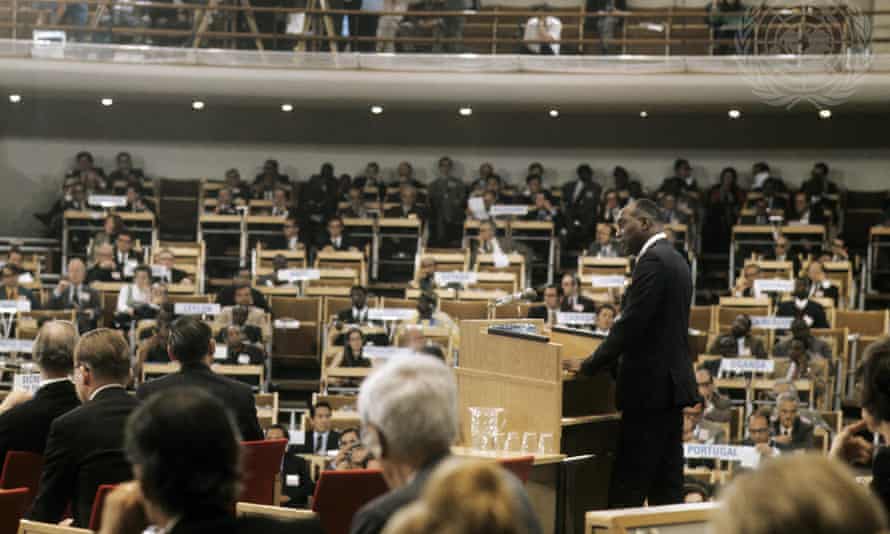Urban Grassroots

Bram Büscher and Robert Fletcher point to the need for profound systemic change if we are to ensure the integrity of our natural world and its ability to regenerate so that future generations may thrive. The ecological emergency is now; further delay only intensifies the crisis. The core question for all our efforts at protecting biodiversity is how to create a virtuous feedback loop that (1) supports nature’s regeneration and (2) generates stronger political will.
Clearly social transformation can take years of preparation, building solidarity among the constituency advocating for change. This work requires daily habit building as well as mobilizations and political strategies. Yet, when the dam bursts, mainstream adoption of new values and institutions can happen quickly, sometimes virtually overnight (see gay marriage or the fall of the Berlin Wall). The Great Transition framework asserts that human history is punctuated by collective action seizing the possible from the jaws of the probable; with pragmatic hope, we can catalyze collective action powerful enough to bend the arc of history toward a thriving planetary civilization. As with other aspects of the GT, the concept of “convivial conservation” begs the question: how?
Cities might not be the obvious place to begin if our goal is large-scale habitat conservation and transformation of industrial agriculture. However, as the urban habitat is where we encounter the most people in their daily routines, working in cities is critical for generating the politics for change. This work will look different in different parts of our world as there are different cultural and economic challenges.
Using my work as the example with which I am most familiar, the Boston Food Forest Coalition (BFFC) aims to endow healthy food forests as part of the renewable green infrastructure of Boston. In fifty years time, at a slow and steady rate of growth, this could mean more than a hundred food forests have taken root throughout the city (each with their own annual harvest festivals and cultural events). Every healthy food forest park is a garden of connectivity, renewing community leadership for adaptation and resilience, and signifies a cultural realignment of urban life with the natural world, creating nourishing relationships between neighbors, land, and food. Together, we are asking a vital question: How do we embody the ideal of the “beloved community” (in which all people are cherished and nurtured) as we engage gracefully with the work of realigning humanity with nature?
BFFC responds to the global crisis by inviting people to join together in the adventure of adapting our lives, urban infrastructure, economic relations, and mental models to create a thriving future for future generations in harmony with the web of life. BFFC makes this journey tangible and immediate, planting trees today that will bear fruit for decades. BFFC embodies a new culture (e.g., collective land ownership), teaches new practices, and grows a learning community. The food production aspect of food forests is not the only way to do urban agriculture, but it is a particularly innovative way to bring ecological agriculture principles into the city to grow more per square foot than conventional agriculture does in terms of food crops while creating space for nature to live side-by-side with humans.
The beauty of BFFC is that it is not just about food and urban agriculture; it is about exercising the “Democracy Muscle” through collective action. Growing the commons by planting new food forests is weaving a web of mutual aid among neighbors, city officials, and local leaders. As Boston transforms, so do other cities in a global effort to realign lifestyles and the infrastructure that supports new ways of living with the natural world. Nature’s capacity to regenerate the complex web of life is truly astonishing.
BFFC emerges from grassroots energy, and this energy is always deeply personal. In my case, I have two young daughters, 6 and 9 years old, and like all children, they are in love with their world and thrilled to be discovering its nuances and complexity. It is important to emphasize that they are also realizing that they are inheriting a world in crisis. I believe having tangible examples of the adults in their world coming together and trying to face that crisis head-on is critical. Yes, the climate is changing, and we don’t know what’s going to grow here in the future. The only way we’re going to figure that out is by getting out there and experimenting and doing the observations and the citizen science and rebuilding cities so that they are in balance with nature, and then lead the way in terms of how to get involved and do that work. That is what I want to see now and in the future. I want to see more connection to the next generation, more ability to bring them along and say, “Welcome to the world you’re inheriting, and we’re not just gifting you a crisis; we’re also gifting you our best efforts and ways to come up with continued sustainable solutions.” This, for me, is the locus of the needed work of systems change and cultural transformation.




















